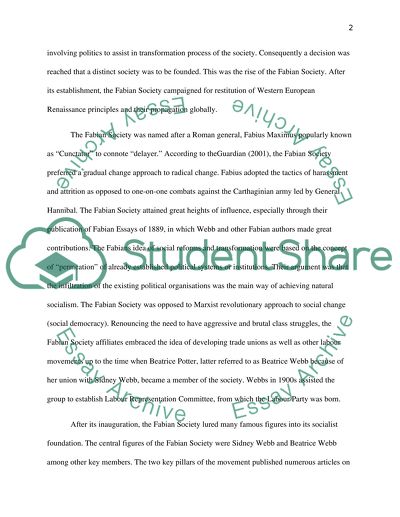Cite this document
(“A 'middle class, quasi scientific, technocratic or mangerial form of Essay”, n.d.)
Retrieved de https://studentshare.org/history/1465940-a-middle-class-quasi-scientific-technocratic-or
Retrieved de https://studentshare.org/history/1465940-a-middle-class-quasi-scientific-technocratic-or
(A 'Middle Class, Quasi Scientific, Technocratic or Mangerial Form of Essay)
https://studentshare.org/history/1465940-a-middle-class-quasi-scientific-technocratic-or.
https://studentshare.org/history/1465940-a-middle-class-quasi-scientific-technocratic-or.
“A 'Middle Class, Quasi Scientific, Technocratic or Mangerial Form of Essay”, n.d. https://studentshare.org/history/1465940-a-middle-class-quasi-scientific-technocratic-or.


